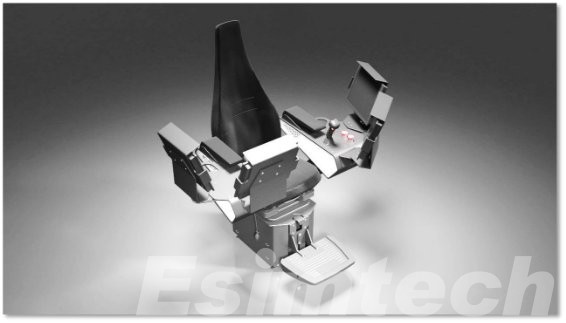Innovative Drilling Simulation Solutions for the Oil and Gas Industry

The oil and gas sector is constantly evolving, and with it, the need for advanced training tools has become more critical than ever. Drilling simulation systems have emerged as a vital component in preparing the next generation of petroleum engineers and technicians. One of the most notable advancements in this field is the Cyberchair Drilling Simulator, a state-of-the-art training solution designed to replicate real-world drilling operations in a safe and controlled environment.

Drilling Systems, in collaboration with the University of Wyoming’s College of Engineering and Applied Science, has recently developed a new training simulator suite that promises to revolutionize the way future petroleum engineers are trained. This cutting-edge facility, known as the Drilling and Completions Simulation Laboratory, is equipped with the latest in simulator technology and training techniques, including virtual reality. It is designed to provide an unparalleled training experience, ensuring that students are well-prepared for the challenges of the oil and gas industry.The Drilling Simulator suite features a range of advanced tools, including the dual cyber chair DrillSIM 6000 and the conventional brake handle DrillSIM 5000. These simulators are complemented by the CTS 5000 coiled tubing and WL5000 wireline simulators, which are specifically designed for well intervention and completion activities. The laboratory also includes a central command center where instructors can control all units, ensuring a cohesive and comprehensive training experience.One of the key advantages of these Drilling Simulation Systems is their ability to simulate a wide range of operational scenarios, from normal drilling procedures to high-risk situations. This allows trainees to gain hands-on experience with complex drilling equipment, well control techniques, and well servicing operations without the risks associated with real-world drilling. The simulators also provide realistic feedback through movement, sound, and visual effects, making the training experience as close to real-life operations as possible.Moreover, the Cyberchair Drilling Simulatoris designed to meet international training standards, such as those set by the IWCF and IADC. It offers a flexible training environment where instructors can customize parameters to match specific well conditions and equipment configurations. This level of customization ensures that trainees are exposed to a wide variety of scenarios, preparing them for any situation they might encounter in the field.The integration of advanced software and hardware components further enhances the capabilities of these simulators. From 3D graphic engines that provide a vivid visual representation of the drilling platform to sophisticated mathematical models that accurately simulate downhole conditions, these systems offer a comprehensive and realistic training experience. Additionally, features such as automatic scoring, problem setting, and playback functions provide valuable feedback to trainees, helping them to refine their skills and improve their performance.In conclusion, the development of advanced drilling simulation systems like the Cyberchair Drilling Simulator and the Drilling and Completions Simulation Laboratory at the University of Wyoming represent a significant leap forward in the training of petroleum engineers. These systems not only provide a safe and controlled environment for learning but also ensure that trainees are equipped with the skills and knowledge needed to excel in the oil and gas industry. As technology continues to advance, it is clear that drilling simulation systems will play an increasingly important role in shaping the future of this vital sector.
